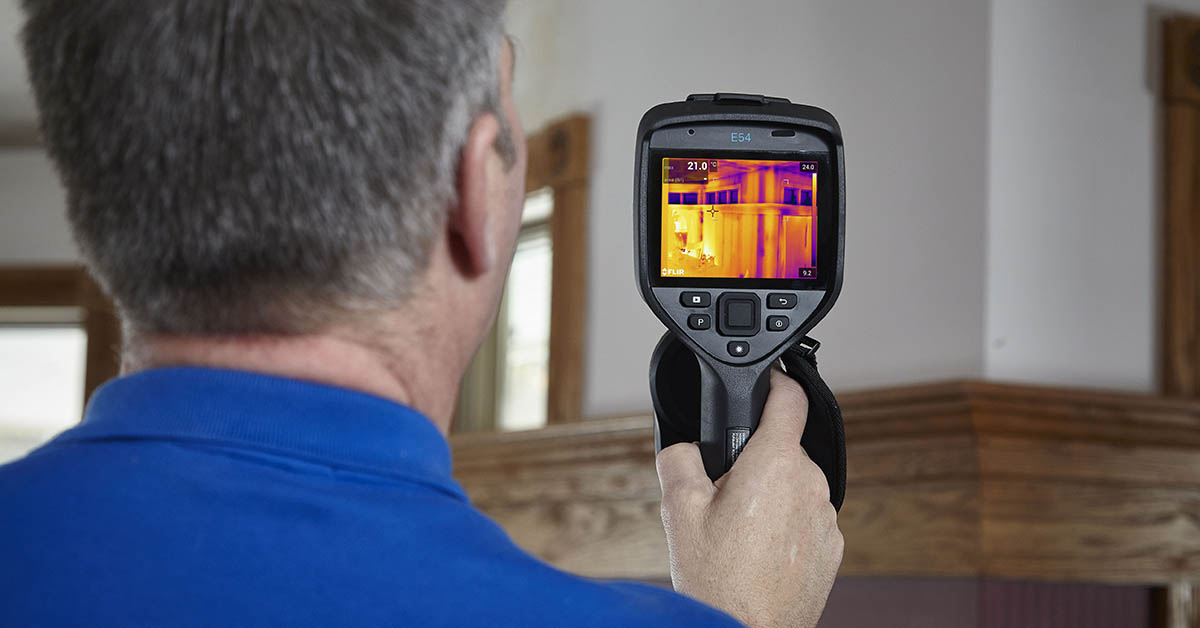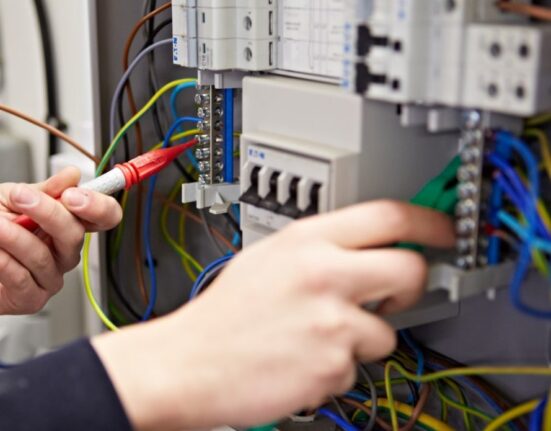Identifying Overheating Components:
Thermal imaging enables early detection of overheating components, preventing potential failures. By using home thermal cameras, maintenance teams can spot issues like electrical faults or mechanical wear, ensuring timely interventions.
Reducing Downtime and Maintenance Costs:
Thermal cameras help reduce unplanned downtime by identifying problems before they escalate. Regular thermal inspections allow for scheduled maintenance, minimizing unexpected breakdowns and costly repairs.
Improving Safety and Reliability:
Thermal imaging enhances safety and reliability by ensuring components operate within safe temperature ranges, preventing hazardous situations like fires or equipment failures.
Supporting Predictive Maintenance Strategies:
In predictive maintenance, thermal imaging plays a crucial role by continuously monitoring equipment conditions and predicting potential failures, thus improving operational efficiency.
Versatility Across Industries:
Thermal cameras are versatile tools applicable across various industries, including manufacturing, energy, and transportation, for monitoring critical equipment and enhancing operational safety. Their adaptability makes them valuable in different settings, where early detection of issues is vital for smooth operations.
Enhancing Inspection Efficiency:
Thermal imaging allows for quick, non-invasive inspections, making it easier for maintenance teams to cover large areas and identify issues that might not be visible to the naked eye. This efficiency ensures that potential problems are detected and resolved promptly, maintaining equipment integrity.
Prolonging Equipment Lifespan:
By detecting issues early, thermal cameras help extend the lifespan of industrial equipment, ensuring it operates efficiently for a longer period. Regular thermal imaging inspections prevent minor issues from becoming major problems, reducing the need for frequent replacements and repairs, ultimately saving costs.
Optimizing Energy Efficiency:
Thermal imaging can also be used to monitor the energy efficiency of equipment. By identifying areas where heat is lost or not effectively managed, thermal cameras help maintenance teams optimize energy use, reducing overall operational costs.
Documenting Maintenance History:
Thermal images can be archived as part of an equipment’s maintenance history, providing a visual record of the condition over time. This documentation helps in tracking the effectiveness of repairs and in making informed decisions about future maintenance needs.
Training and Development of Maintenance Personnel:
Thermal imaging technology also plays a role in the training and development of maintenance personnel. By learning to interpret thermal images, technicians can develop the skills necessary to identify potential issues accurately, leading to more effective and proactive maintenance practices.
Enhancing Compliance and Auditing:
For industries that require strict compliance with safety and operational standards, thermal imaging provides a reliable method of documenting the condition of equipment. This can be particularly useful during audits, where evidence of consistent maintenance practices is required.














